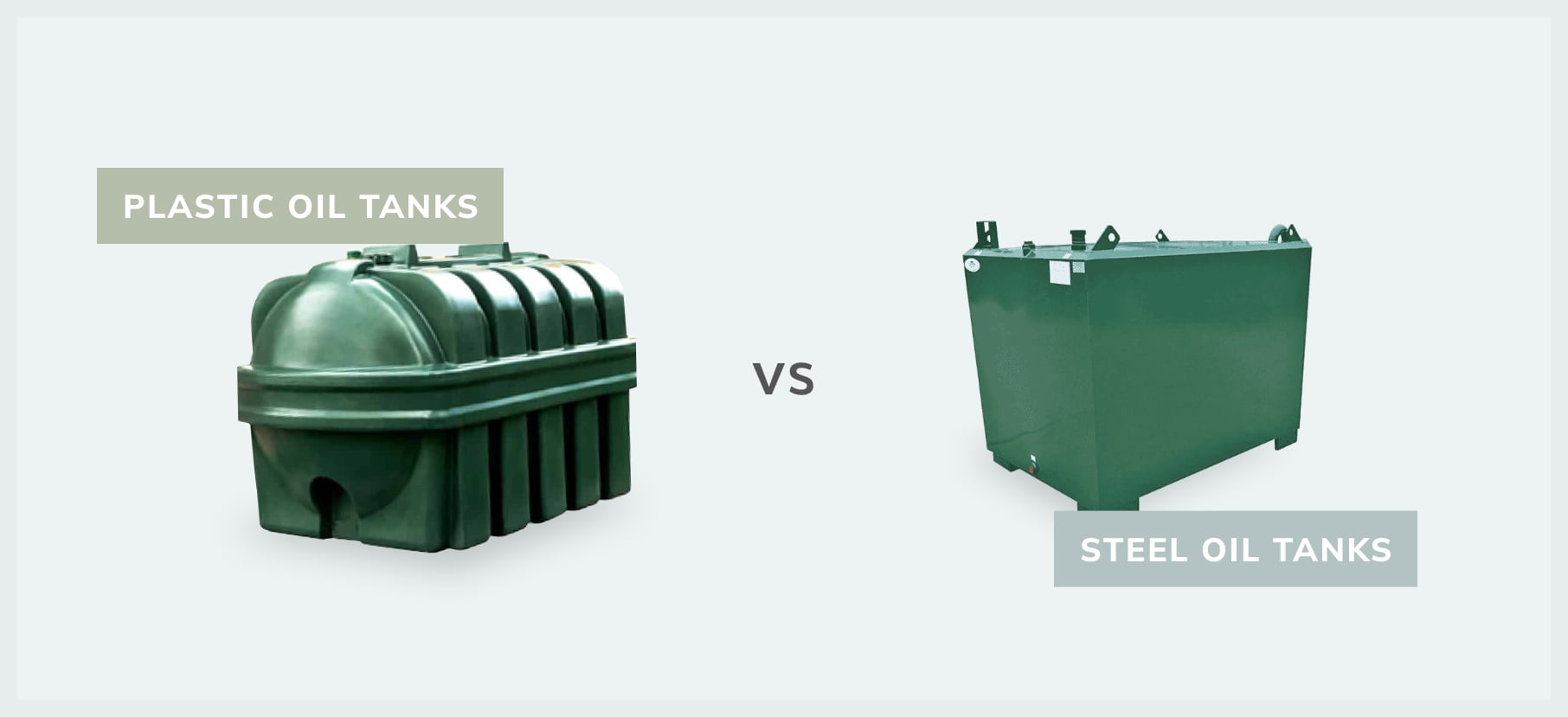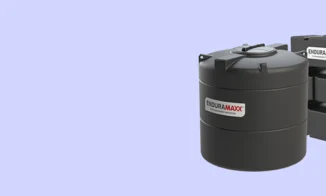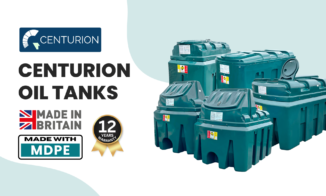Plastic Vs Steel Oil Tanks: A Buyer’s Guide
All oil tanks are manufactured and available to buy in either plastic or steel material. Historically, steel has been used in domestic and commercial oil tanks for multiple reasons. However, due to the changes in regulations, manufacturing processes and costs, plastic has become an equally popular choice. But how do you know which type of oil tank is best for you?

Choosing The Best Oil Tank
The right oil tank for you ultimately comes down to various factors such as your location and your budget as well as other factors potentially out of your control. Our ‘Things to consider when buying a new oil tank’ guide can help you with your initial decision, where we cover considerations such as:
- The size of your house
- Ease of access to your oil tank
- Your available budget
- Protection from the elements
- Where do you want your oil tank located
- Insurance costs
Plastic Oil Tanks
Plastic oil tanks are made from one sheet of plastic which is moulded into set capacity sizes. This process is much faster and reduces the risk of leaks as there are no seams or joins, but they are limited to particular capacities.

Pros And Cons Of A Plastic Oil Tank
PROS
- Lighter material makes them easier to move and install
- A cheaper option than steel
- They require less maintenance
- Plastic is an insulator so it retains the heat
- They’re hardwearing
- Available in single or double-skinned options
CONS
- Weather conditions can weaken plastic
- They’re at higher risk of accidental damage
- Less secure from theft and water seeping in
Steel Oil Tanks
Steel has always been a traditional option for oil tanks and they’re often seen as a long-term investment. If the location of your oil tank isn’t going to change, or you have a larger building to fuel, then a steel oil tank may provide a better solution.

Pros And Cons Of A Steel Oil Tank
PROS
- They can be custom-made to meet your requirements
- They’re more secure from theft and environmental factors
- A stronger and more durable option
- Sheets of steel can be easily repaired
- They hold larger capacities of oil
- Available as single or double-skinned
CONS
- A heavier material makes them harder to move and install
- Steel will corrode over time
- They’re also at risk of rusting
- Due to their weight, they can cost more to remove
Shop our Oil Tank Range
We hope this guide has provided a bit more information about the benefits and differences between steel and plastic oil tanks. Our range of tanks offers a variety of styles, sizes and materials to find the right fit for your requirements.
If you’re unsure or need any support with your oil tank purchase, please get in touch with the team.







